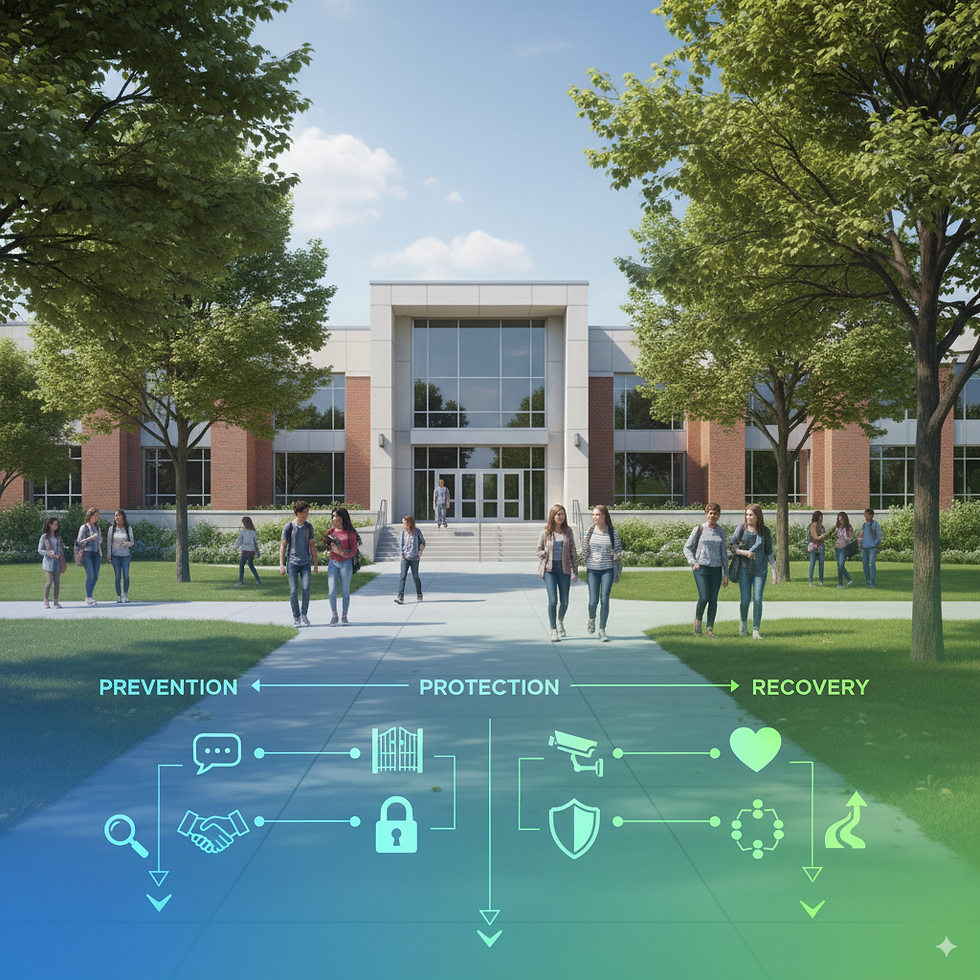Revolutionizing Readiness: How Virtual Reality is Transforming First Responder Training
- Dr. R. Ryan Rider

- Aug 22
- 2 min read

The demands placed on today’s first responders are unlike any in history. From law enforcement officers managing split-second de-escalation decisions, to firefighters confronting unpredictable hazards, to EMS professionals triaging mass casualty events, the stakes are always high, and the margin for error is razor-thin. Traditional training methods, while valuable, often struggle to replicate the complexity, intensity, and unpredictability of real-world crises.
This is where Virtual Reality (VR) and Augmented Reality (AR) are changing the game, and where TRI is committed to leading the way.
Why Virtual Reality Training Matters
At TRI, we recognize that readiness means more than just knowledge; it’s about decision-making under stress, situational awareness, and building the confidence to act when lives are on the line. VR training offers unparalleled advantages for first responders:

Immersive Realism Without the Risk: Officers, firefighters, and medics can safely experience active shooter incidents, hazmat exposures, fire suppression, or mental health crises in a controlled, repeatable environment.
Cost-Effective Scalability: Agencies save time and resources by eliminating the need for extensive travel, role-players, and facility set-ups. A single VR scenario can be deployed anywhere, training dozens of responders at once.
Standardized and Customizable Training: Every trainee experiences the same baseline scenario, but systems can be adapted to reflect local environments, whether that’s a school, a city street, or a hospital ER.
Data-Driven Performance Feedback: From reaction times to communication effectiveness, VR provides measurable insights to improve decision-making and reinforce critical skills.
From Law Enforcement to All First Responders
Dr. Rider’s research on AR training for law enforcement, particularly in de-escalation and ICAT skills, has demonstrated how immersive technology can elevate training outcomes. TRI is now extending these principles to the broader first responder community:

Law Enforcement: Crisis intervention, de-escalation, active shooter response, and tactical operations.
Fire Services: Hazmat identification, fire suppression, and arson investigation in dynamic virtual environments.
EMS: Patient assessment, mass casualty triage, and advanced emergency care training enhanced by lifelike simulations.
By integrating VR/AR across disciplines, agencies can also run joint training exercises, police, fire, and EMS coordinating together in multi-casualty or disaster scenarios that mirror real-world collaboration.
What’s Next in VR Training

The future of first responder readiness is evolving rapidly:
AI Coaching & Adaptive Scenarios: Real-time adjustments based on biometric feedback.
Mixed Reality Integration: Running drills in actual schools or buildings enhanced with virtual threats.
Digital Twins of Critical Infrastructure: Training inside a digital replica of the spaces first responders protect every day.
Enhanced Haptics & Environmental Effects: Heat, smoke, recoil, and even scent simulations that heighten realism.
TRI is actively exploring these innovations to ensure our training solutions remain cutting-edge and mission-ready.
The Call to Action

The mission is clear: first responders deserve training that matches the complexity of their responsibilities. Virtual reality provides that edge: safe, repeatable, data-driven, and cost-effective.
At TRI, we are committed to advancing this frontier. Whether your agency is exploring de-escalation training, fire response drills, or multi-agency coordination, we are ready to help design solutions that prepare your team for the realities they face.
📩 Contact TRI today to learn how VR/AR training can transform your readiness and strengthen the safety of the communities you serve.




Comments